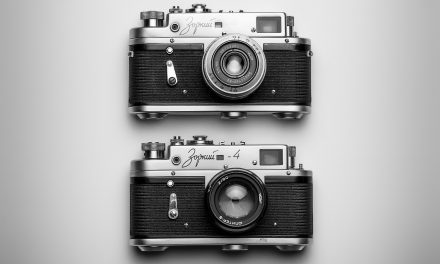company or DVD? No, because PLA from Verbatim
Can a company that is known to produce data storage media, such as DVDs or a company also enter the 3D FDM printing industry? Maybe I’ll answer: yes, maybe. And in addition, with good results. Due to the fact that I have the PLA from Verbatim and I have already printed it a little, I invite you to a review of this film!
Reel and packaging
We start by looking at the form in which the filament comes to us and although we are accustomed to certain standards (or not), it is from this aspect that we begin this review.
The filter that reached me was packed hermetically in vacuum packaging. Such a solution is commonly used and is aimed at protecting the material against environmental factors – e.g. adverse influence of moisture on the quality of the filtrate. In addition, a moisture scavenger was attached inside the spool.
The net weight, as specified, is 1 kg PLA for use on an FDM printer with a printhead suitable for a 1.75 mm diameter filament.
There was no objection to the material being wound up on the spool. After reprinting about 200 meters of PLA from Verbatim I did not encounter a problem with tangled coils, and the spool developed correctly during the testing period.
As for the spool, it is made of bright plastic and has, in my opinion, decorative embossing on its surface. I leave the aesthetic assessment of the box and spool to the reader.
Filament quality – measurements of diameters
Immediately after unpacking the filament I checked the actual diameter of the line to make sure that nobody lied to me at the start. Result was positive 🙂
Subsequent measurements of filament diameters were made together with subsequent printouts coming out of the printer table – on average every 25 – 30 meters from the rolled out spool. This allowed me to investigate deviations from the 1.75 mm diameter declared by the manufacturer in deeper coils on the spool. The unit measurement consisted of measuring two diameters in one place on the film – these diameters were measured perpendicularly to each other.
The results are presented in the table below:
Measurement 1 Measurement 2 Measurement 3 Measurement 4 Measurement 5 Measurement 6 d1 [mm] 1,75 1,76 1,75 1,76 1,75 1,75 d2 [mm] 1,75 1,75 1,75 1,75 1,76 1,76 1,75
What is the result of these measurements? First of all, it is the maximum deviation observed from the diameter specified by the manufacturer:
+0.01 mm
The deviation is asymmetrical because during the measurements I did not observe diameters smaller than 1.75 mm.
Thanks to these measurements I can determine one more important feature – the oval deviation. In this case, the deviation was again equal:
+0.01 mm
In the manufacturer’s specification, it can be stated that the tolerance for the filament diameter is 1,75 +/- 0,03 mm. In the above test, however, we see a much better and more optimistic diameter tolerance.
Printouts
During the testing I printed a series of different things with Thingiverse. All pictures below.
Lis – link
Zombie Hunter – link
Bearing – link
Waza – link
Phone stand – link
Working with the Verbatim filament
I have to admit that this is a filament that is not problematic in use. I am referring here to the adhesion of the first layer. I deliberately leveled the table in some prints so that the nozzle when applying the first layers is a bit further from the table than suggested by the thickness of the page or the crevice meter. Nevertheless, the film adhered very well to the surface and during many hours of printing the model did not peel off. When printing with PLA from Verbatim I didn’t have to use any additional adhesion agents like glue, Printafix or Dimafix. It simply sticks to the substrate and I could print it on the “bare” glass.
Looking at the printouts, the walls of the models turned out quite well – there are no depressions or bulges that could be caused by the changing diameter of the filament. Small lumps are the result of small folds caused by insufficient cooling system in my Prussian i3. I also didn’t notice that there was a floss – the printouts were smooth.
Summary
PLA from Verbatim is a very good and trouble-free material. Despite the provisions in the technical specification concerning diameter tolerance, I have noted much lower deviations, which is certainly good information. The truth is that for the buyer, documentation can make a difference and, for example, in competing Fiberlogues, the specification tolerance is lower and is +- 0.02 mm. It is not difficult to guess what the buyer will choose. An additional factor is the high price of the material, and I believe that for this money the guaranteed deviations should be lower than those of the competition.
Have you already used this PLA? Write down what you think about this filter in the comments below.
CD or DVD A no because PLA from Verbatim











